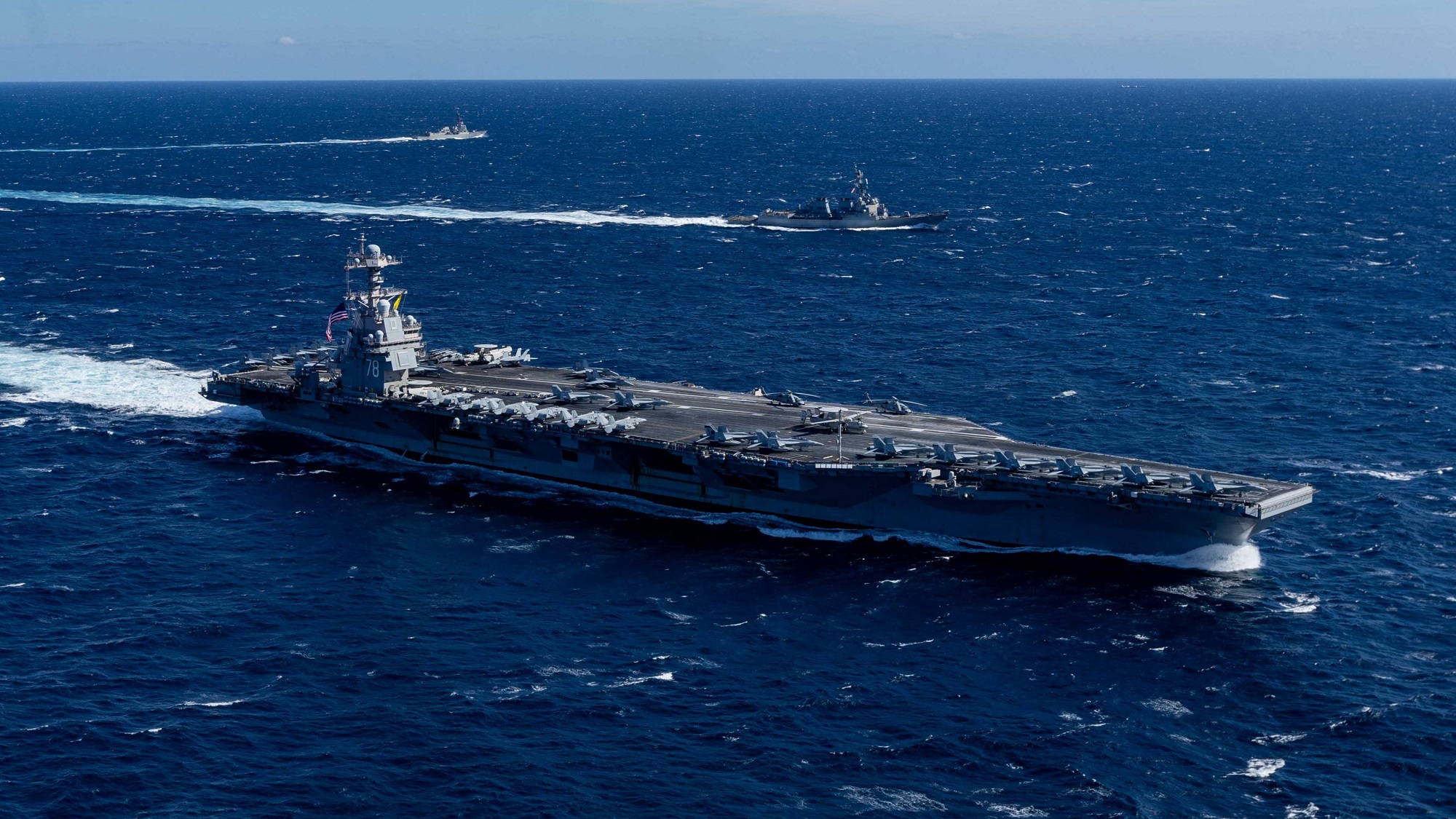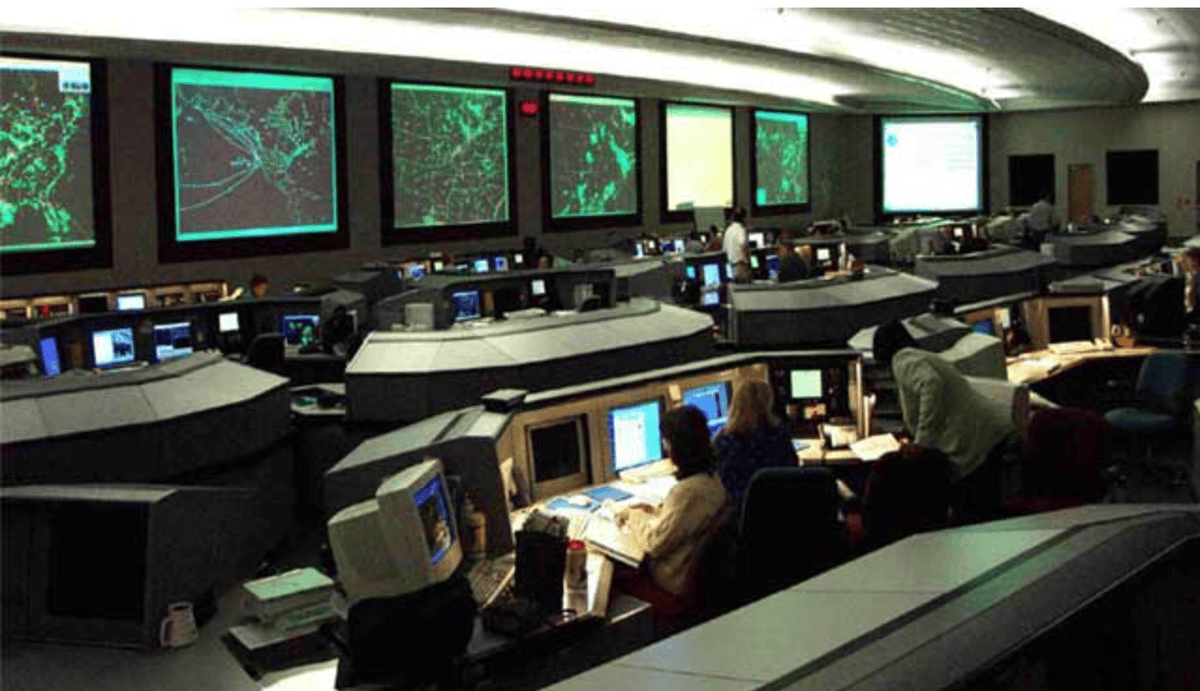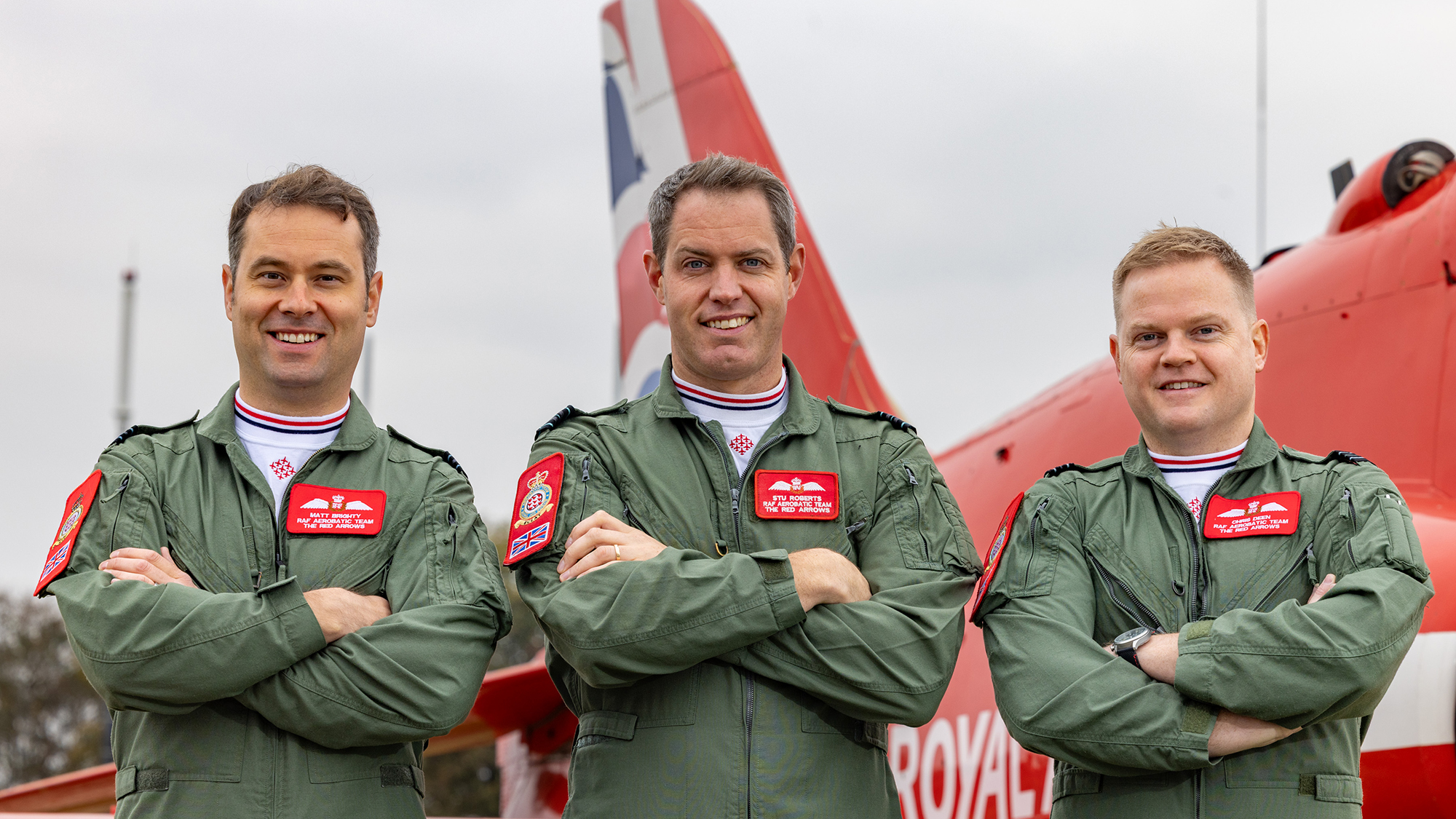The USS Ford, currently deployed in the Mediterranean Sea, has been ordered to sail toward the US Southern Command Area of Responsibility as tensions continue to rise.
Chief Pentagon spokesman Sean Parnell has announced that Secretary Hegseth has ordered the USS Gerald R. Ford and its carrier strike group to the U.S. Southern Command area of responsibility. The ship, currently in Croatia as part of the Mediterranean Sea deployment, “will strengthen the United States’ ability to detect, monitor and disrupt actors and illicit activities that compromise the security and prosperity of the United States.
The development comes as tensions in the Caribbean continue to rise, following an increase in US attacks on suspected drug trafficking ships and two bomber flights near the Venezuelan coast. It is unclear how long it would take for the Ford CSG to arrive at SOUTHCOM’s AOR, but estimates indicate the estimated arrival time will be within a week.
New deployments in the Caribbean
In the statement released on October 24, 2025, Pentagon chief spokesman Sean Parnell wrote:
“In support of the President’s directive to dismantle Transnational Criminal Organizations (TCOs) and counter narcoterrorism in defense of the Homeland, the Secretary of War has led the Gerald R. Ford Carrier Strike Group and embarked the carrier air wing to the U.S. Southern Command (USSOUTHCOM) area of responsibility (AOR).
The increased U.S. force presence in the USSOUTHCOM AOR will strengthen the U.S. ability to detect, monitor, and disrupt illicit actors and activities that compromise the security and prosperity of the U.S. homeland and our security in the Western Hemisphere. “These forces will enhance and augment existing capabilities to disrupt narcotics trafficking and degrade and dismantle OCTs.”
STATEMENT:
In support of the President’s directive to dismantle Transnational Criminal Organizations (TCOs) and counter narcoterrorism in defense of the Homeland, the Secretary of War has led the Gerald R. Ford Carrier Strike Group and embarked a carrier air wing to the United States…
– Sean Parnell (@SeanParnellASW) October 24, 2025
The Ford Carrier Strike Group left Naval Station Norfolk, Virginia, in June and headed to the U.S. Sixth Fleet AOR. The Gerald R. Ford Carrier Strike Group consists of Carrier Strike Group 12, Carrier Air Wing 8, Destroyer Squadron’s USS Bainbridge (DDG 96), USS Mahan (DDG 72), USS Winston S. Churchill (DDG 81), USS Mitscher (DDG-57), and USS Forrest Sherman (DDG-98).
The aircraft carrier recently arrived in Split, Croatia, for a scheduled port visit, while destroyers were deployed to multiple locations throughout the AOR. Two of the destroyers are located in the Red Sea and Arabian Sea, but it is unknown if they will join the carrier as it moves toward SOUTHCOM’s AOR.
USS FORD 🇺🇸 CVN-78 seen YESTERDAY AND TODAY on RT off Split, Croatia on
43.4714,16.4401
AN HOUR AGO she was directed to the USSOUTHCOM AOR. The transit is estimated to take 5-7 days and will arrive in the Caribbean AOR in early November 2025. https://t.co/GJkkdZ0DQw pic.twitter.com/0ICAwu2L7i
– Tom Bike (@tom_bike) October 24, 2025
The Ford CSG is not the only asset sent to the area, since the aviation weekSOUTHCOM’s Brian Everstine reported that U.S. Army ARES, ARTEMIS and ATHENA intelligence, surveillance and reconnaissance aircraft have also been assigned for operations in SOUTHCOM’s AOR.
SNC ATHENA completes testing, but slows down due to government shutdown
Army says prototype bridges (ARES, ARTEMIS, ATHENA) have been assigned for SOUTHCOM operations
-Brian Everstine (@beverstine) October 24, 2025
Another specialized asset, the US Air Force’s E-11A Battlefield Airborne Communications Node (BACN), has been spotted on flight tracking websites bound for Puerto Rico.
A very interesting move to the Caribbean today also appears to be this E-11A airborne communications aircraft heading from Robins AFB towards Puerto Rico. pic.twitter.com/PXQLdWQzss
-CNW (@ConflictsW) October 23, 2025
bomber missions
On October 23, two U.S. Air Force B-1B Lancer strategic bombers departed Dyess Air Force Base, Texas, and executed a long-range training sortie across the Caribbean Sea, advancing into international airspace off the coast of Venezuela. According American mediaPentagon officials confirmed that a training mission took place in the area.
US President Donald Trump, however, denied this when asked during a press conference. Fox News’ Aishah Hasnie asked:
“If I could ask both of you, including Secretary Hegseth, there are reports that the United States just sent B-1 bombers near Venezuela to increase military pressure there. Is that accurate? And can you tell us more about that mission?”
President Trump then responded:
“It’s not accurate. No, it’s false, but we are not happy with Venezuela for many reasons. Drugs are one of them.”
During a previous White House roundtable discussion on cartels, President Donald J. Trump confusingly denied that today’s flight of a pair of B-1B “Lancer” long-range heavy bombers near Venezuela ever took place, even though they clearly appeared several times on Flightradar24,… pic.twitter.com/D80EXDPuq1
-OSINTdefender (@sentdefender) October 23, 2025
The mission was followed by many flight tracking websites, which showed the bombers approaching within 50 miles of the Venezuelan coast and six miles from the outlying islands of Los Testigos. The bombers, with callsigns BARB21 and BARB22, also coordinated with KC-135 tankers as they flew toward the area.
Confirmation of callsign B-1B BARB via @vueloradar24 It is now returning to CONUS after being spotted off the coast of Venezuela. Your ADSB/Mode-S was activated intentionally. CURIE? 91 (RC-135) is also nearby after refueling with DREW 14 (KC-135). There are so many planes… https://t.co/qcNWi8c6O5 pic.twitter.com/Zb9bzCkyDS
– Thenewrea51 (@thenewrea51) October 23, 2025
Ten days ago, on October 15, a similar mission was carried out again, this time with B-52H bombers. The bombers were escorted by US Marine Corps F-35B Lightning II aircraft, notably without radar cross-section enhancers, as they flew off the coast of Venezuela.
Breaking: The United States conducted a second bomber demonstration in the Caribbean, sending two USAF B-1B Lancer bombers about 50 miles off the coast of Venezuela.
The pair of Bones arrived within ~6 miles of Los Testigos, a group of Venezuelan islands (with a coast guard station). Through @vueloradar24: pic.twitter.com/Nq3C6ktNSy
-Ian Ellis (@ianellisjones) October 24, 2025
“U.S. Air Force B-52H Stratofortress long-range strategic bombers from Barksdale Air Force Base, Louisiana, conducted a bomber strike demonstration mission Oct. 15, 2025, in the U.S. Southern Command (SOUTHCOM) area of responsibility, demonstrating U.S. commitment to proactively deter adversary threats to the U.S. homeland and region, enhance aircrew training, and ensure global force readiness necessary to respond to any contingency or challenge,” U.S. Air Forces Southern (AFSOUTH) said in a Facebook post.
According to publicly available flight tracking data, three B-52s from Barksdale Air Force Base, Louisiana, flying as BUNNY 01, BUNNY 02, and BUNNY 03, operated for hours within the Maiquetía Flight Information Region, off the northern coast of Venezuela, before returning north.
Meaning
The deployment of the USS Gerald R. Ford CSG to the U.S. Southern Command area of responsibility marks a significant expansion of U.S. military activity in the Caribbean, combining counternarcotics targeting with strategic signaling. While attacks on suspected drug trafficking vessels have increased, with multiple cases in recent days, it is unclear what to expect in the coming weeks.
The Pentagon framed the move as part of an ongoing effort to combat transnational criminal organizations. However, the timing (with the increase in attacks and talk of attacks against ground targets) suggests that this could also be part of a broader deterrence message.
The redeployment of the Ford is especially notable in that perspective, as it is the U.S. Navy’s newest and largest aircraft carrier. Once the carrier arrives in the Caribbean, it will provide sustained ISR coverage, air interception capability, and maritime interdiction potential that far exceeds what SOUTHCOM typically commands, even with development underway.
Combined with the presence of specialized aircraft such as ARES, ARTEMIS, ATHENA and BACN, the Iwo Jima Amphibious Ready Group (ARG), a Marine Expeditionary Unit (MEU) and multiple air assets, the arrival of a CSG would establish a multi-domain task force that would be capable of both sustaining counternarcotics operations and further expansion of operations.



